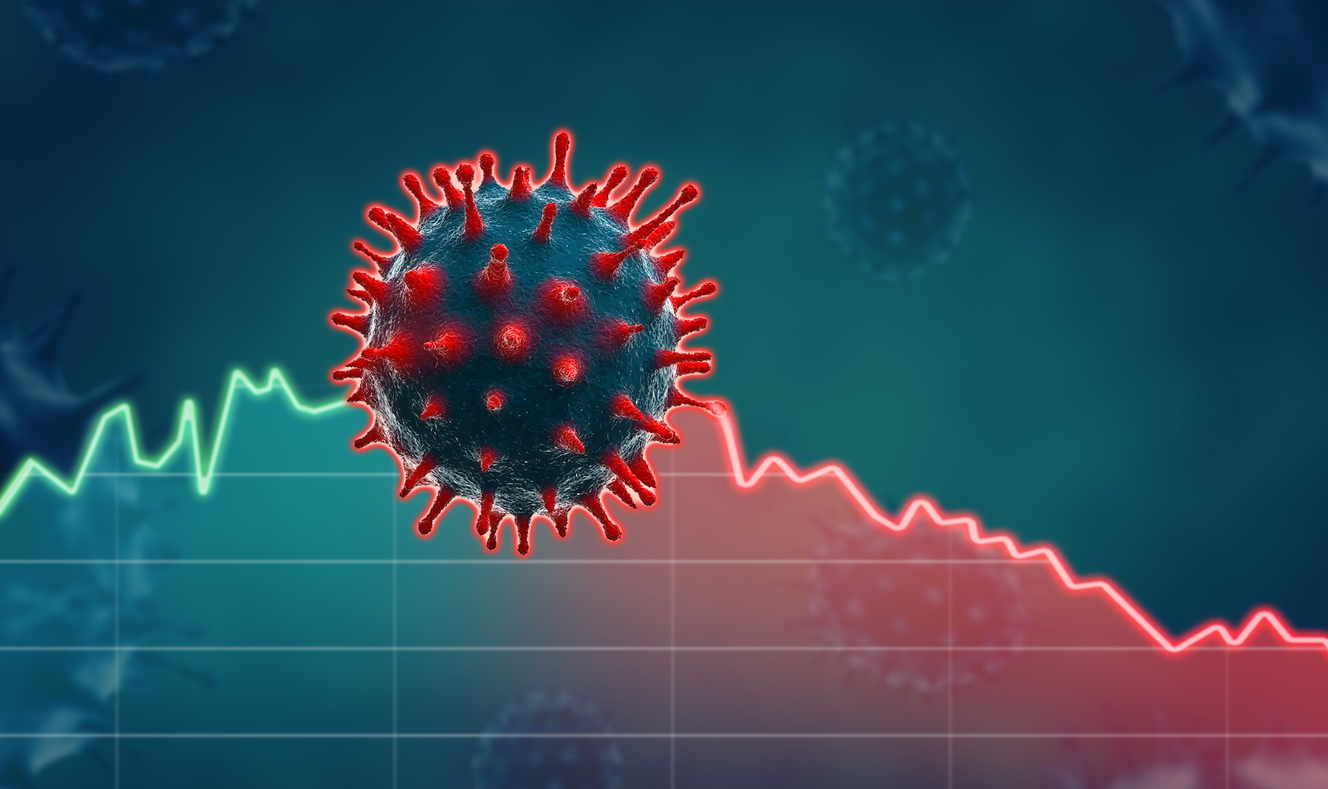
Economic recovery, food insecurity and COVID-19: ‘To err on the side of too little is more dangerous than to err on the side of too much’
Editor’s note: CHN Intern Grace Mulamba is a recent graduate of Earlham College. She plans to pursue her Masters in Media and International Development.
It’s no surprise that a rising number of Americans are turning towards the government for financial support. Since the pandemic began, we’ve seen ways of furloughs and layoffs; while some jobs have returned, the nation’s economic outlook remains dire.
According to the Bureau of Labor Statistics, the unemployment rate jumped to 14.7 percent in April and fell to 8.4 percent in August [ Labor Force Statistics from the Current Population Survey ]. By comparison, the August 2019 unemployment rate was 3.7 percent.
Many people still cannot cover their basic essential needs. One example: putting food on the table. Feeding America recently reported that food insecurity is on the rise, and over 37 million individuals are currently food insecure. Children are especially at risk.
The following are the key findings of their updated report, “The Impact of the Coronavirus on Child Food Insecurity:”
- Households with children are more likely to be food insecure. In 2018, 11.2 million children (1 in 7) lived in a food-insecure household.
- As closures caused by the coronavirus lead to a rise in unemployment and poverty, the Feeding America report predicts that more people will experience food insecurity.
- A significant rise in unemployment over the year (+7.6 percentage points) and a corresponding rise in child poverty (+5.0 percentage points) would result in a total of 18.0 million children (1 in 4) experiencing food insecurity.
The importance of good nutrition for one’s mental and physical well-being is something food pantries understand well. Fighting on the frontlines throughout the country, they are doing all they can to fend off hunger. But the need is escalating.
As reported by Newsday, food bank organizers report more than a doubling in demand for food. With the increased pressure, they continue to rely on unstable sources like donations and fundraising events, which have not been as successful during the pandemic due to social distancing measures.
The complexities surrounding the current economic crises, unemployment, and resource allocation continue to be popular discussion topics. Federal Reserve Board Chairman Jerome Powell commented on the state of the economy and its recovery process in an interview with NPR.
“More and more people are going back to work…the recovery is continuing,” he said. “We do think it will get harder from here — because of those areas of the economy that are so directly affected by the pandemic still.” While some parts of the economy are doing reasonably well or recovering easily, Powell suggests that others, such as the travel and tourism industry, will take much longer to regain their pre-COVID economic posture.
“The places where… flying in airplanes and things like that, where still economic activity is going to be very low,” he said. “There’s going to be a long period…where we’ll have to take our time and see those people get back to work.” Simply put, unemployment and financial hardship will be the reality of many for a very long time.

The road to full recovery is going to be long and hard.
During a recent event hosted remotely by the Bipartisan Policy Center, Douglas Holtz-Eakin, President of the American Action Forum and former Director of the Congressional Budget Office, touched on the complexity of economic recovery and unemployment benefits.
Holtz-Eakin touched on both sides of the debate over UI — whether or not to reinstate the recently expired $600 weekly benefit. Those who favor ending the benefit think its loss incentivizes people to return to work. But this approach misses both the hardships jobless workers are facing right now as well as the economic reality they face.
Like Powell, Holtz-Eakin acknowledges that people will recover at different rates, with some needing government support longer than others. When choosing to deliver income support to unemployed households through UI benefits, the fate of people who may be unemployed for a more extended period should be considered. Regardless, the absence of any financial support may damage the economy, because UI benefits represent immediate stimulus to the economy – they get spent, as opposed to invested or placed into savings accounts.
When considering risk management, Holtz-Eakin rightly says, “To err on the side of too little is more dangerous than to err on the side of too much.”
Still, the Senate delays action on extending assistance. To delay desperately needed relief by choosing to leave Washington when so many people are facing loss of earnings and hunger (as the Senate had planned to do, at least until the death of Justice Ruth Ginsburg) shows a remarkable lack of concern during a time of great and dire need.

